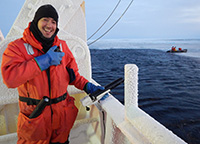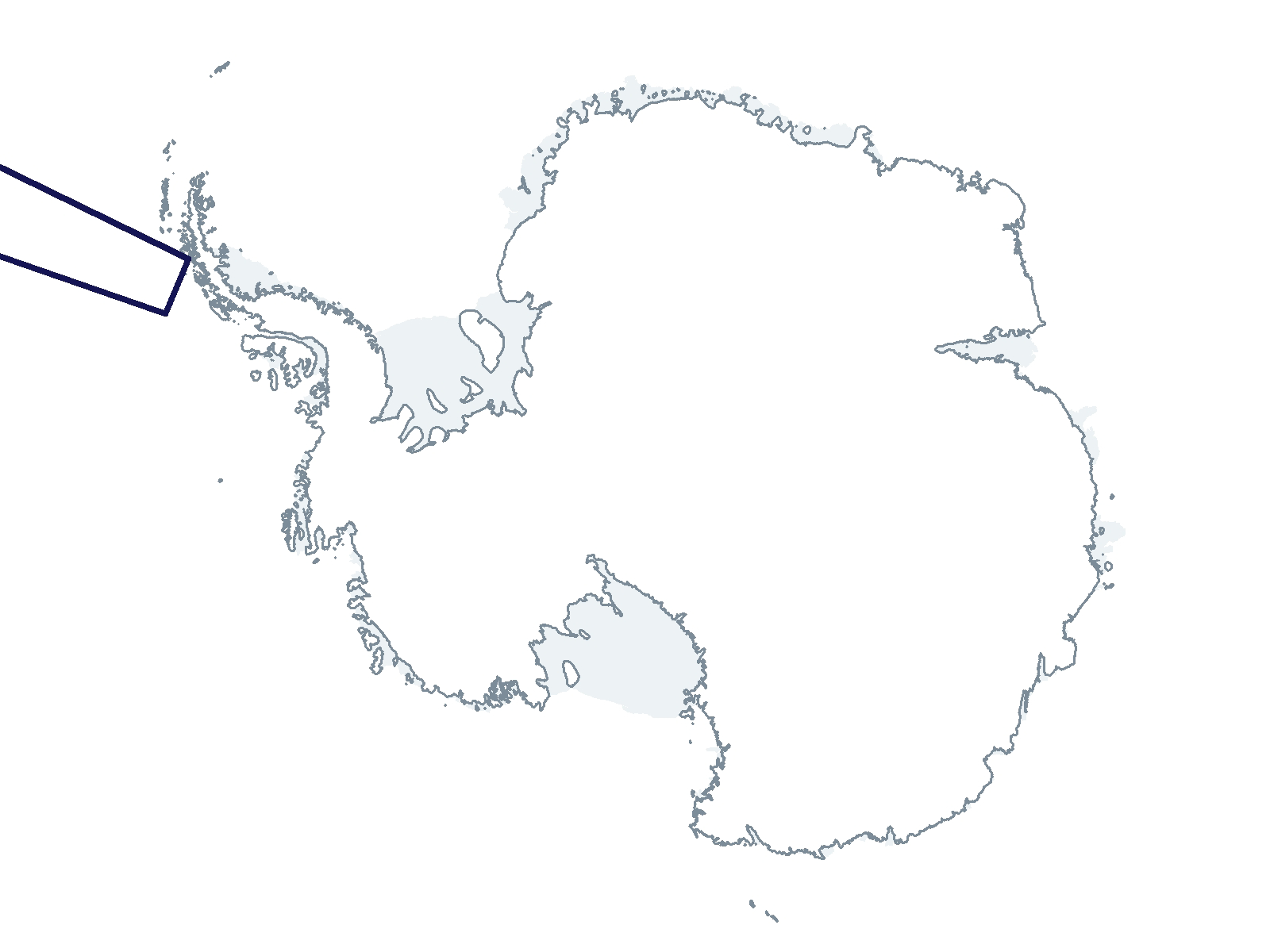2022-2023 USAP Field Season
Project Detail Project TitleHigh-resolution underway air-sea observations in Drake Passage for climate science Summary
Event Number:
Program Director:
ASC POC/Implementer: Principal Investigator(s)
Dr. Janet Sprintall
Project Web Site: Location
Supporting Stations: ARSV Laurence M. Gould DescriptionOn frequent crossings of the Drake Passage by the US Antarctic vessel ARSV Laurence M. Gould (LMG), a range of underway measurements are taken. These data represent one of the few repeating annual shipboard measurements in the Southern Ocean, with close to two decades of data now available. The primary science objectives of this project are to continue to analyze the Drake Passage time series. In collaboration with Chereskin (O-317-L), this project continues a long-term study of ocean properties and variability in the Antarctic Circumpolar Current (ACC) utilizing repeat transects across the Drake Passage from Punta Arenas, Chile to Palmer Station. This aspect of the project measures the seasonal to interannual variability of upper-ocean temperature and geostrophic transport through the Drake Passage with closely spaced eXpendable BathyThermograph (XBT) deployments. Field Season OverviewUnderway XBT measurements are requested on six (6) ARSV Laurence M. Gould (LMG) cruises during the FY2022-2023 season. Approximately 70 XBTs are dropped per crossing. The LMG personnel and volunteers hand-launch the XBTs at predetermined locations that are provided to the LMG. To undertake the XBT sampling, we request the support from 1-2 Antarctic Support Contract (ASC) personnel for system set-up and loading the XBT probes in the launcher. XBT log sheets should note bottom depth when the ocean depth is less than 800m, and also note probe success or failures. All data and log sheets are to be archived, and we also request TSG, meteorological, and navigation data from each cruise.
|
2022-2023 Science Planning Summary



For USAP Participants |
For The Public |
For Researchers and EducatorsContact UsU.S. National Science FoundationOffice of Polar Programs Geosciences Directorate 2415 Eisenhower Avenue, Suite W7100 Alexandria, VA 22314 Sign up for the NSF Office of Polar Programs newsletter and events. Feedback Form |



